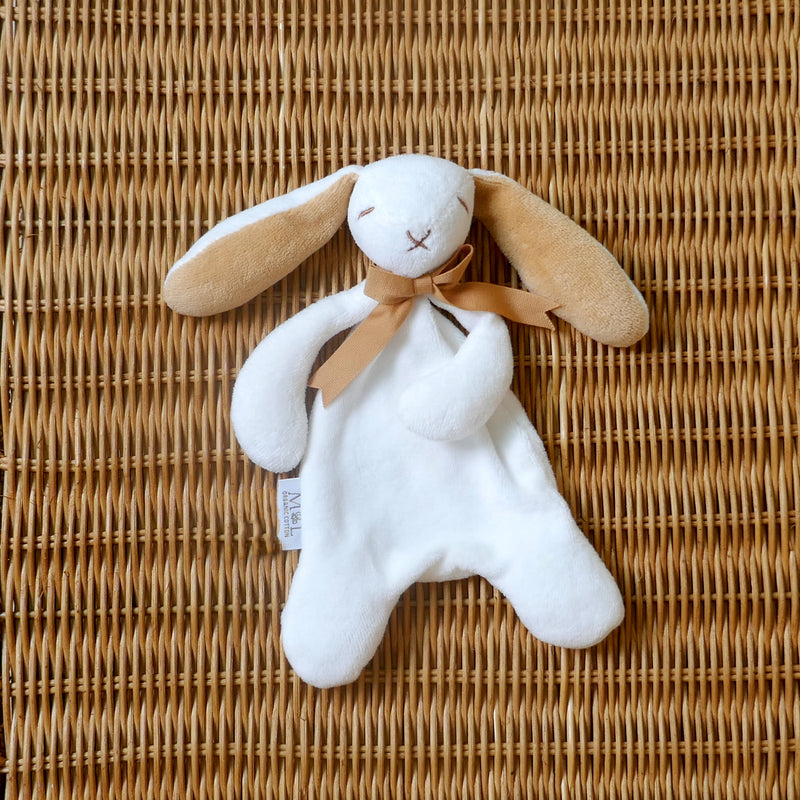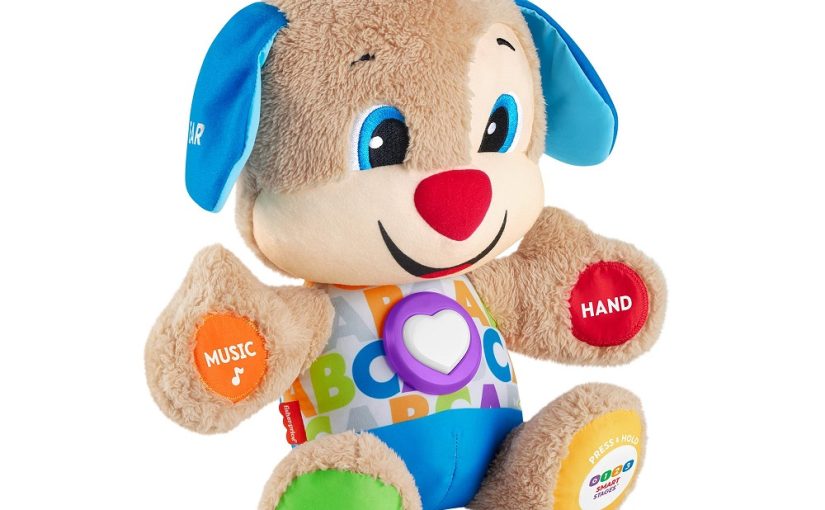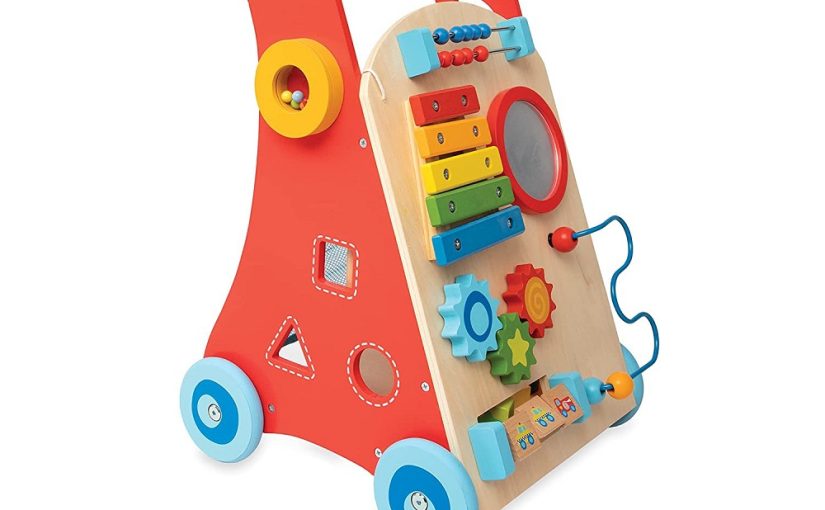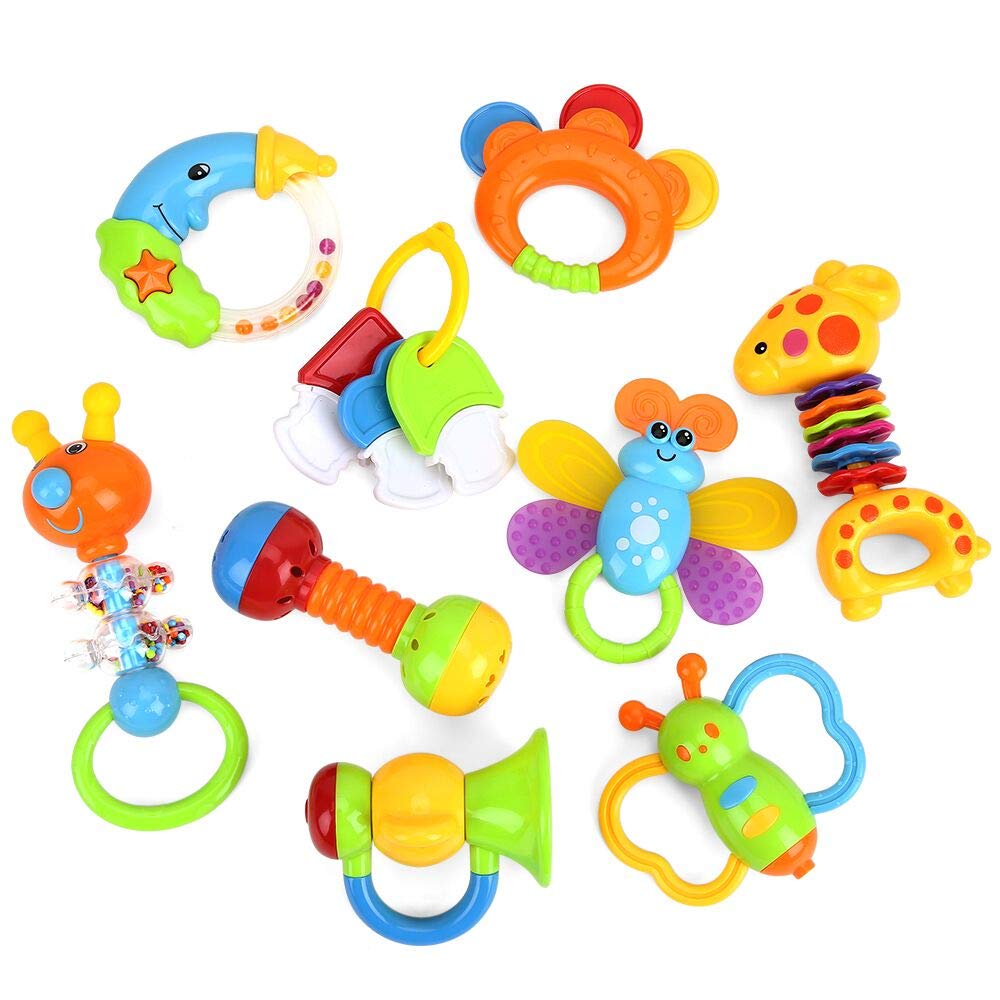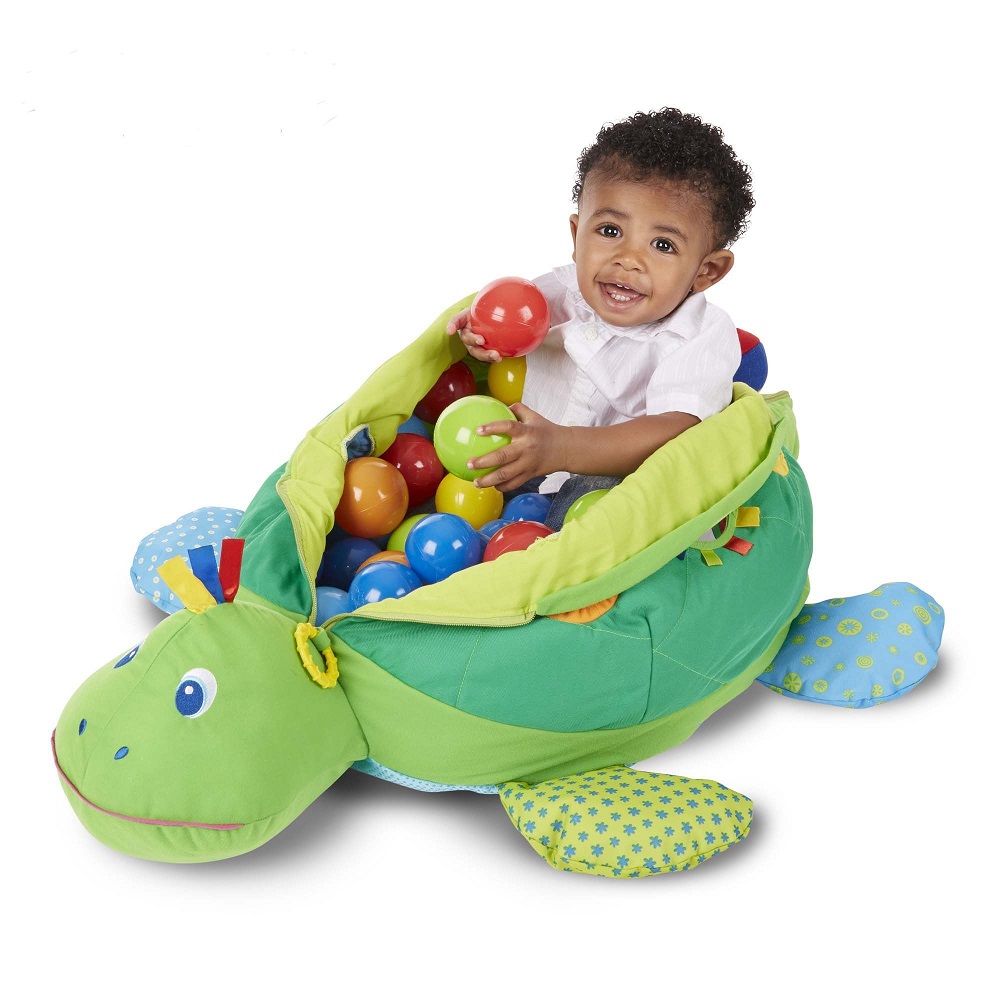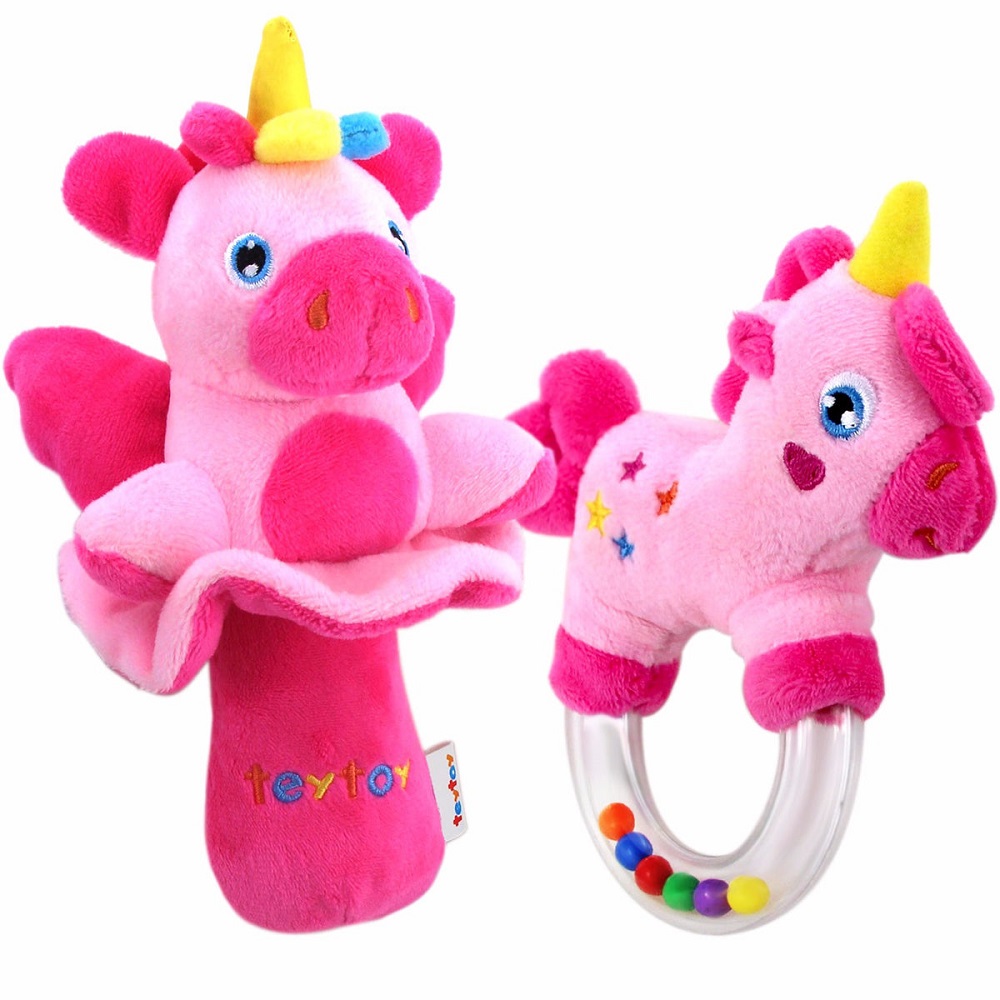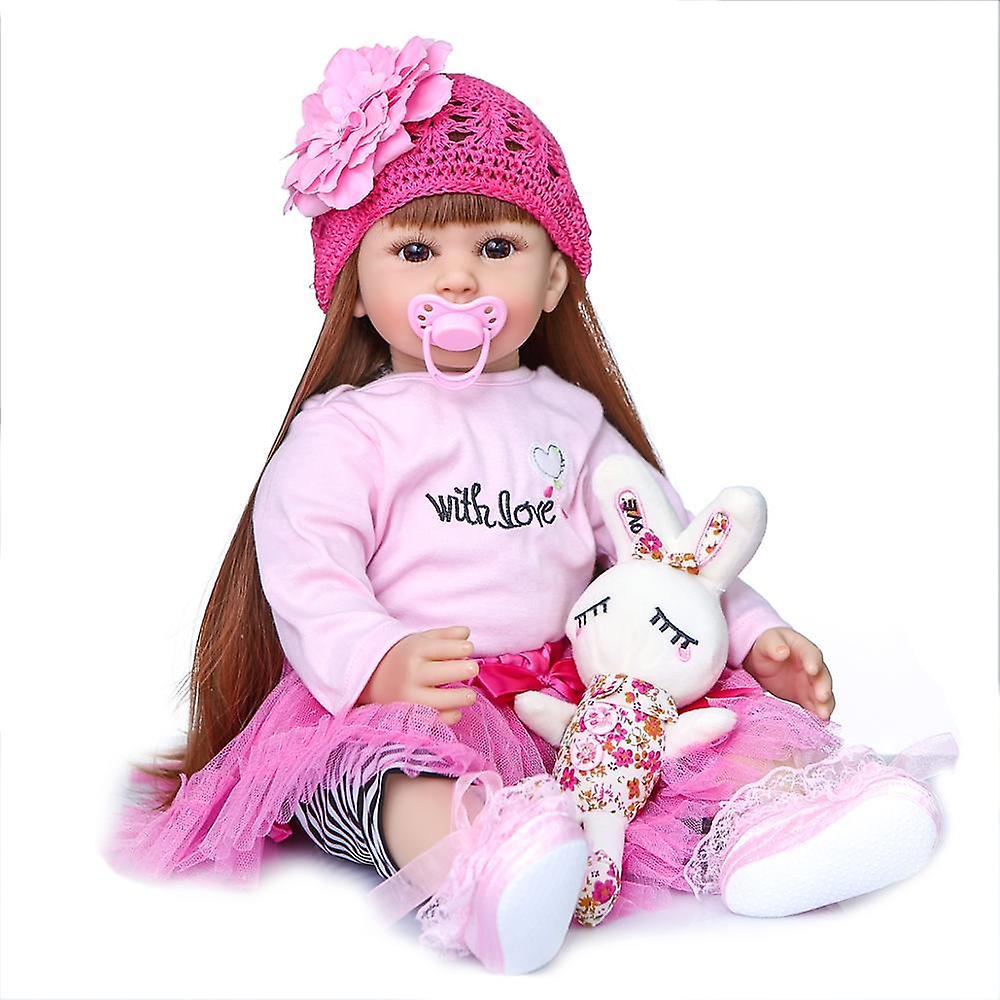Importance of Activity Toys for Baby Development
Activity toys for baby are essential for supporting a baby’s mental and physical growth. They entertain babies while helping them learn key developmental skills.
Enhancing Motor Skills and Coordination
Activity toys for baby encourage movements that build motor skills and hand-eye coordination. Toys like stackable blocks and shape sorters help babies grasp and manipulate objects. Push-and-pull toys motivate crawling and walking by improving strength and balance. Playing with such toys supports fine and gross motor development efficiently.
Stimulating Cognitive Growth
Interactive toys challenge a baby’s thinking abilities and problem-solving skills. Toys with patterns, colors, or buttons introduce cause-and-effect concepts. Puzzle games and activity cubes stimulate critical thinking and early memory retention. These toys nurture curiosity and spark creativity in babies, paving the way for intellectual growth.

Choosing Safe Activity Toys for Babies
Selecting safe activity toys for baby is vital for their health and well-being. Safety ensures babies can explore and play without unnecessary risks. Here’s a guide to help you choose the right toys:
Materials to Avoid and Recommended Options
When selecting activity toys for baby, pay close attention to the materials used. Some materials can pose health risks or increase the likelihood of injuries:
- Avoid These Materials:
- Toys made from PVC or those containing BPA, phthalates, or lead.
- Items with loose parts or sharp edges that could harm the baby.
- Paints or coatings that may chip or peel.
- Recommended Options:
- Look for toys labeled as non-toxic, BPA-free, and phthalate-free.
- Toys made from organic fabrics, natural wood, or high-quality, food-grade silicone are safer.
- Opt for certified safety-tested toys compliant with international standards.
Age-Appropriate Toy Selection
Choosing age-appropriate toys ensures safety and aligns with a baby’s developmental stage:
- 0-6 Months:
- Focus on toys like rattles, soft plush toys, and sensory items.
- These toys should encourage visual and tactile exploration.
- 6-12 Months:
- Select items like teething toys, stacking rings, or soft balls.
- Prioritize toys that promote grasping, rolling, or simple problem-solving.
- 12 Months and Beyond:
- Introduce puzzles, push-and-pull toys, and activity cubes.
- Ensure toys encourage crawling, walking, and basic coordination.
By understanding material safety and age-appropriateness, you can choose the best activity toys for your child. Always monitor playtime to ensure a secure and enjoyable experience.
Types of Activity Toys Babies Love
Activity toys come in various forms to meet a baby’s developmental needs. These toys also keep babies entertained while aiding their growth.
Soft and Plush Toys for Comfort
Soft and plush toys are perfect for offering comfort and security to babies. These toys are easy to hold and cuddle, making them ideal companions during naps. Choose plush toys made from hypoallergenic and washable materials for safety and hygiene. Some plush toys also include built-in sensory features like crinkles or squeaks, which keep babies engaged.
Toys With Sounds and Lights for Engagement
Sound and light toys stimulate a baby’s auditory and visual senses. Toys like musical instruments, sound-based activity cubes, and light-up toys grab the baby’s attention. These toys introduce sensory cues and promote cause-and-effect learning. Always ensure the volume is baby-friendly and avoid overly bright or harsh lights.

Interactive Play Mats and Gyms
Interactive play mats and gyms provide a versatile space for active play. These toys often include hanging objects, mirrors, and textured surfaces to encourage exploration. Play mats are great for tummy time, helping build strength and motor skills. Pick mats with detachable toys for added versatility and convenience.
Choosing the right type of activity toy is important for fostering healthy development and happy playtime. Each type offers unique benefits, so consider combining them to create a well-rounded play experience for your baby.
Benefits of Sensory Toys for Babies
Sensory toys are crucial for fostering a baby’s sensory development. They allow babies to explore new textures, sounds, sights, and movements.
Promoting Sensory Exploration
Sensory toys provide unique experiences that engage a baby’s senses. Textured toys stimulate touch through soft, rough, or smooth surfaces. Toys with bright colors or moving patterns encourage visual exploration. Sound-making toys refine auditory senses by creating gentle jingles or melodies. Toys with scents or taste-safe materials enrich smell and taste exploration. These experiences help babies make sense of their environment and spark curiosity.
Building Focus and Attention
Sensory toys improve a baby’s focus and attention span. Toys with repetitive motions, like spinning wheels, keep babies engaged longer. Interactive toys with buttons or flaps encourage concentrated play. Sensory-based puzzles challenge problem-solving and require sustained effort to complete. By interacting with these toys, babies enhance their ability to concentrate and develop self-regulation skills. This early focus training lays a foundation for future learning.
Safety Guidelines for Baby Activity Toys
Ensuring the safety of activity toys is crucial for a baby’s well-being. Regular care and maintenance can prevent accidents and ensure a secure playtime experience.
Regular Inspection for Wear and Tear
Inspect toys regularly for wear and tear to avoid potential hazards. Here are key points to consider:
- Check for Loose Parts: Look for small pieces that could detach and become choking hazards.
- Inspect Seams and Edges: Ensure there are no sharp edges or torn seams that can harm your baby.
- Test Moving Parts: Confirm that wheels, buttons, or flaps function smoothly without risk of pinching.
- Monitor Battery Security: For battery-operated toys, ensure the battery compartment is secure and screws are intact.
Consistent inspections will help identify and address risks before they become serious concerns.
Proper Cleaning and Maintenance
Keeping activity toys clean is essential for your baby’s health. Follow these cleaning tips:
- Wash Soft Toys Regularly: Use a gentle detergent to wash plush toys. Dry thoroughly to prevent mold.
- Sanitize Plastic Toys: Wipe non-electronic toys with a baby-safe disinfectant or soapy water.
- Clean Battery-Operated Toys: For electronic toys, use a damp cloth to clean the surface. Avoid soaking.
- Inspect for Dirt Buildup: Check areas like seams, crevices, or buttons where dirt may accumulate.
Simple cleaning routines ensure a hygienic environment and protect your baby from germs. Always follow cleaning instructions provided by the manufacturer for the best results.

Popular Activity Toys for Babies in 2023
Choosing the right activity toys for baby can make playtime both fun and developmental. In 2023, there are many exciting options that support growth and learning for babies.
Best-Selling Baby Activity Centers
Baby activity centers continue to be a favorite for parents and babies alike. These versatile toys promote active engagement and development. Here are some key features of the top-selling activity centers:
- Interactive Features: Many have buttons, sounds, lights, and textures to stimulate a baby’s senses.
- 360-Degree Play: Rotating seats let babies explore multiple features without moving away.
- Growth-Oriented Design: Adjustable heights and removable toys ensure lasting use as the baby grows.
- Safety Compliance: Certified designs prioritize stability and non-toxic materials.
Popular models include activity centers with spinning toys, colorful key pads, and mirror attachments. These centers encourage motor skill development while keeping babies entertained. Parents love these toys because they provide a safe zone for active play.
Innovative Toys for Early Learning
Innovation in baby toys has brought exciting new learning possibilities in 2023. These toys focus on early education while keeping play fun and engaging:
- Smart Learning Toys: Electronic toys with interactive screens introduce colors, numbers, and letters in a playful manner.
- Puzzle Playsets: Magnetic or shape-sorting puzzles challenge problem-solving while improving hand-eye coordination.
- Eco-Friendly Toys: Organic fabrics and sustainable wood options ensure safety and environmental care.
- Focus on STEM: Toys that teach early science, technology, engineering, and math concepts are gaining popularity.
Innovative early learning toys encourage curiosity and creativity. They include features like adjustable difficulty levels, sensory materials, and multi-functional designs. Parents love these toys for nurturing skills while keeping babies happy.
Explore the best-selling activity centers and innovative early learning toys for your baby to ensure a fun and productive playtime in 2023.
Tips for Introducing Activity Toys to Babies
Introducing activity toys for baby the right way can enhance their enjoyment and developmental growth. Thoughtful approaches ensure a safe, engaging, and stimulating playtime experience.
Creating a Fun and Safe Play Environment
A playful yet secure environment helps babies explore toys comfortably. Here’s how you can create it:
- Choose a Safe Space: Ensure the area is free of sharp objects and choking hazards.
- Use Soft Flooring: Lay down padded mats or carpets for safety during active play.
- Keep Toys Accessible: Arrange toys within the baby’s reach to encourage independent exploration.
- Limit Overstimulation: Avoid using too many toys at once to reduce confusion and maintain focus.
- Ensure Proper Lighting: Use soft, natural light to create a soothing atmosphere for playtime.
A safe and well-arranged setting allows babies to play without worry and boosts their confidence.

Encouraging Independent and Group Play
Activity toys for baby can foster both solo play and social interaction. Balance both for better development:
- For Independent Play:
- Introduce toys with features that entertain and engage, such as sensory cubes or puzzles.
- Leave small gaps during play to let babies explore on their own.
- Rotate toys to maintain curiosity and avoid repetitive boredom.
- For Group Play:
- Include siblings or friends to create shared play experiences.
- Use toys that support teamwork, like stacking blocks or interactive play mats.
- Show babies how to share and take turns with toys.
Encouraging both types of play builds self-reliance and social skills. It promotes better growth and learning overall.
Careful introduction to activity toys for baby ensures babies enjoy safe playtime while gaining developmental benefits.
Adapting to Developmental Stages
Transitioning Toys as Skills Evolve
As babies grow, their developmental needs change rapidly. To support their evolving skills, it’s crucial to adapt the types of toys available to them. What may have engaged a newborn might not hold the same interest for a crawling or walking baby. Transitioning to more complex toys that challenge their current abilities is essential for continuous growth.
For instance, as babies reach the crawling stage, toys that roll or move can motivate them to practice their crawling skills. Once they start walking, push toys or ride-on toys can encourage movement and exploration. Being attentive to these developmental transitions allows caregivers to provide toys that are appropriately challenging, motivating, and engaging.
Lifelong Learning Through Play
The experiences babies have with activity toys lay the foundation for lifelong learning. The skills they develop while interacting with various toys will benefit them as they progress through different stages of life. For example, fine motor skills gained from grasping, stacking, or manipulating toys contribute to abilities needed for writing and crafting as they grow.
Furthermore, the early introduction of problem-solving and critical thinking through play establishes a mindset that values curiosity and exploration. This foundation can inspire a desire to learn that continues into childhood and beyond. By choosing activity toys for baby thoughtfully, parents offer more than mere entertainment—they provide building blocks for future learning experiences.

Creating a Safe and Stimulating Play Environment
Designing a Dedicated Play Space
Creating a safe and stimulating play environment is vital for maximizing the benefits of activity toys. Designating a specific play area can help separate playtime from other activities, allowing babies to focus on their toys. Consider using soft mats or play rugs to provide a comfortable surface for crawling and sitting.
Additionally, ensure that the play space is free from hazards. Remove any sharp objects or small items that could pose choking risks. Keeping toys organized encourages exploration, allowing babies to access their toys without frustration. A well-designed play space nurtures a sense of security and adventure, enabling babies to engage fully and enjoy their playtime.
Encouraging Family Involvement
Family involvement plays a crucial role in enhancing the play experience with activity toys. Engaging with babies during play fosters bonds and helps them learn new skills. When parents join in the play, they can model behaviors and encourage exploration. This interaction not only provides valuable learning opportunities but also strengthens the emotional connection between caregivers and children.
Involve siblings in play activities as well, promoting cooperation and shared experiences. Encouraging team play enhances social skills and communication. Shared activities can lead to the creation of meaningful memories, laying the groundwork for healthy relationships. Ultimately, a supportive play environment enriched by family participation maximizes the benefits of activity toys for early learning.
Investing in Early Learning Through Play
In conclusion, choosing the right activity toys for baby is an investment in their future. These toys not only provide entertainment and comfort but also serve as vital tools for early learning and development. From sensory stimulation to promoting cognitive skills, activity toys enhance the growth of babies at this crucial stage of their lives.
By understanding the importance of selecting safe and engaging toys, parents can create an environment that fosters exploration and curiosity. As babies learn through play, they develop essential skills that will serve as building blocks for their future. Embracing the joy of learning through activity toys for baby is a meaningful way to support both the fun and educational aspects of a child’s early years. By providing engaging and age-appropriate toys, caregivers can cultivate an enriching experience that benefits babies both today and in their formative years to come.





















